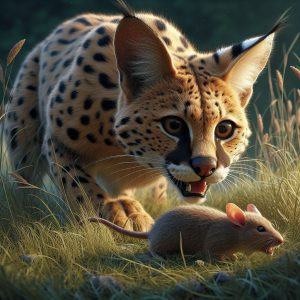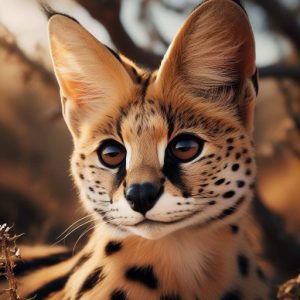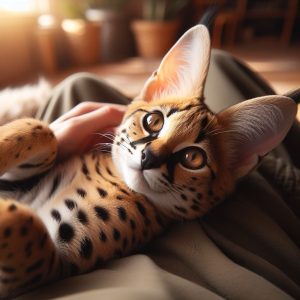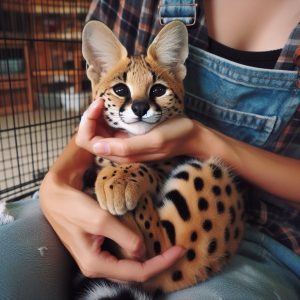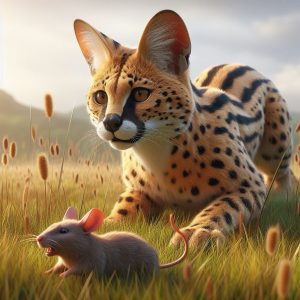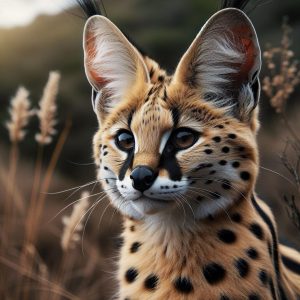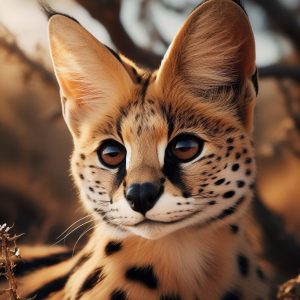Exploring the Feline Realm: A Comparison of the Serval and Cheetah
In the vast and diverse world of felines, few creatures captivate our imagination quite like the serval and cheetah. Both renowned for their agility, speed, and striking appearances, these majestic cats evoke a sense of awe and wonder. However, despite sharing some similarities, servals and cheetahs are distinct species with unique characteristics and behaviors. In this article, we’ll delve into the differences between the serval and cheetah to gain a deeper understanding of these extraordinary creatures.
Physical Appearance:
One of the most apparent distinctions between servals and cheetahs lies in their physical appearance. Servals are medium-sized wild cats with a slender build, long legs, and large, rounded ears adorned with distinctive white markings. They have a golden-yellow coat with black spots and stripes, providing effective camouflage in their grassland habitats. Cheetahs, on the other hand, are larger cats with a more robust build and a sleek, aerodynamic body designed for speed. They have a tawny-yellow coat with black spots, smaller heads, and distinctive tear-streak markings running from their eyes to their mouths.
Size and Weight:
In terms of size, cheetahs are significantly larger and heavier than servals. Adult cheetahs typically measure between 3.5 to 4.5 feet in length from nose to tail and weigh between 77 to 143 pounds, with males being larger than females on average. In comparison, servals are smaller cats, with adult individuals averaging around 2 to 3 feet in length and weighing between 20 to 40 pounds. While both species exhibit sexual dimorphism, with males being larger than females, the size disparity between cheetahs and servals is considerable.
Habitat and Range:
Servals and cheetahs also differ in their habitat preferences and geographic ranges. Servals are primarily inhabitants of grasslands, savannahs, and wetlands in sub-Saharan Africa, where they rely on dense vegetation and access to water for hunting and survival. Cheetahs, on the other hand, are adapted for life in open grasslands and semi-arid plains, where their speed and agility make them formidable hunters. They are found in various countries across Africa, as well as in parts of Iran.
Behavior and Ecology:
Behaviorally, servals and cheetahs exhibit distinct hunting strategies and social behaviors tailored to their respective habitats and ecological niches. Servals are solitary hunters known for their stealthy stalking and ambush tactics, often hunting under the cover of darkness to surprise their prey. They have a diverse diet that includes small mammals, birds, reptiles, and insects. In contrast, cheetahs are specialized hunters adapted for high-speed pursuit of prey such as gazelles and impalas. They rely on their exceptional speed and agility to chase down fast-moving targets, often employing short bursts of acceleration to catch their prey.
Conclusion:
In conclusion, while servals and cheetahs may share some superficial similarities as members of the Felidae family, they are distinct species with unique features, behaviors, and ecological roles. By understanding the differences between these magnificent cats, we gain a deeper appreciation for the rich diversity of wildlife that inhabits our planet and the intricate web of relationships that shape our natural world.
